A Guideline to Running a Successful Fantasy Baseball League
If this is your first season being the commissioner of a fantasy baseball league, you've probably learned a few things over the past couple of months. If you've committed any major fantasy fouls, don't sweat it. They can all be corrected next season.
The most important thing to remember is that everyone plays fantasy sports for three major reasons: for fun, for bragging rights among friends and for victory. Here is how you can run a smooth league and avoid the possibility of a deadbeat owner, drama, corruption or unfair play:
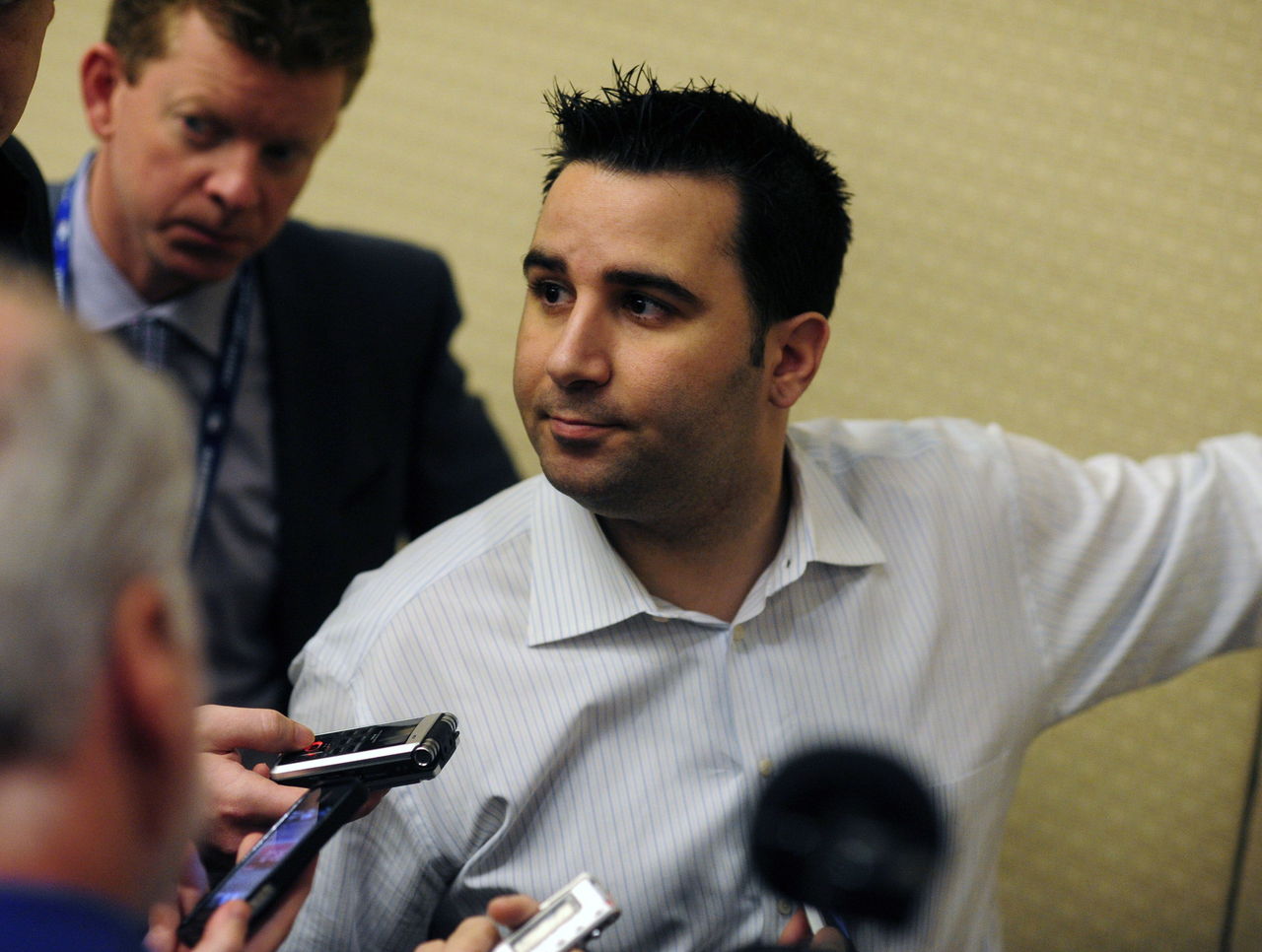
Communication
This is easily the most important trait for a commissioner to possess. Communication all starts with league preparation. Leagues that are put together a week before the beginning of the season have a failure rate of 97 percent. Okay, I made that up, but it's important to get things organized early.
Send out an email to your league participants at least two months before the beginning of the season. This gives you enough time to set a draft date that works for everyone, and find the right participants.
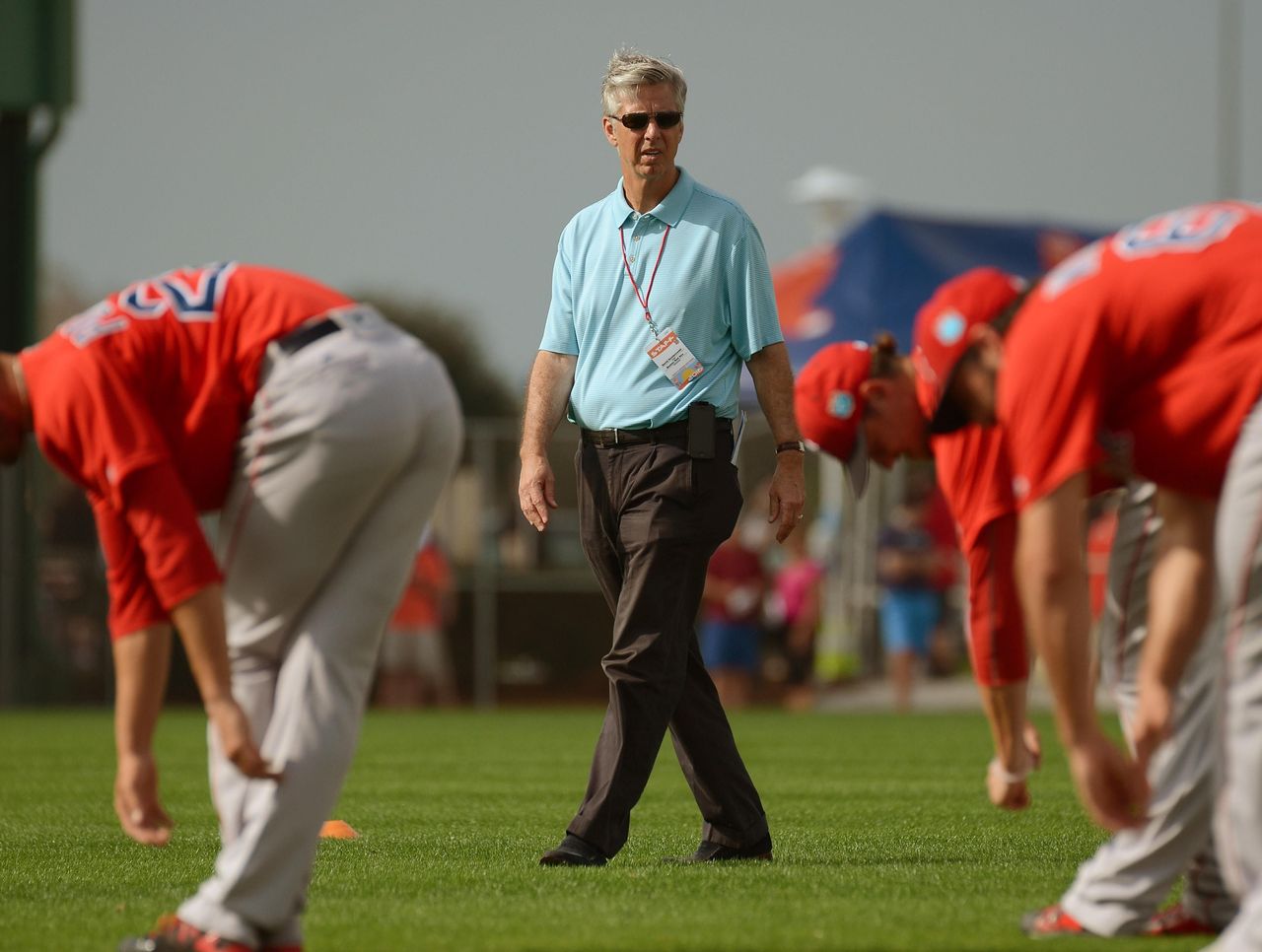
Finding the Right People
A fantasy league is always better with close friends or coworkers for the sake of ongoing trash talk and bragging rights. If you join a public league, temper your expectations, because a few people will likely just draft and never check their lineup again.
The most important characteristics a fantasy manager can have are dedication, passion, loyalty and competitiveness. Find people who hate to lose as much as you do. That should lead to the most parity in your league. The more parity, the more owners will remain active throughout a full season.
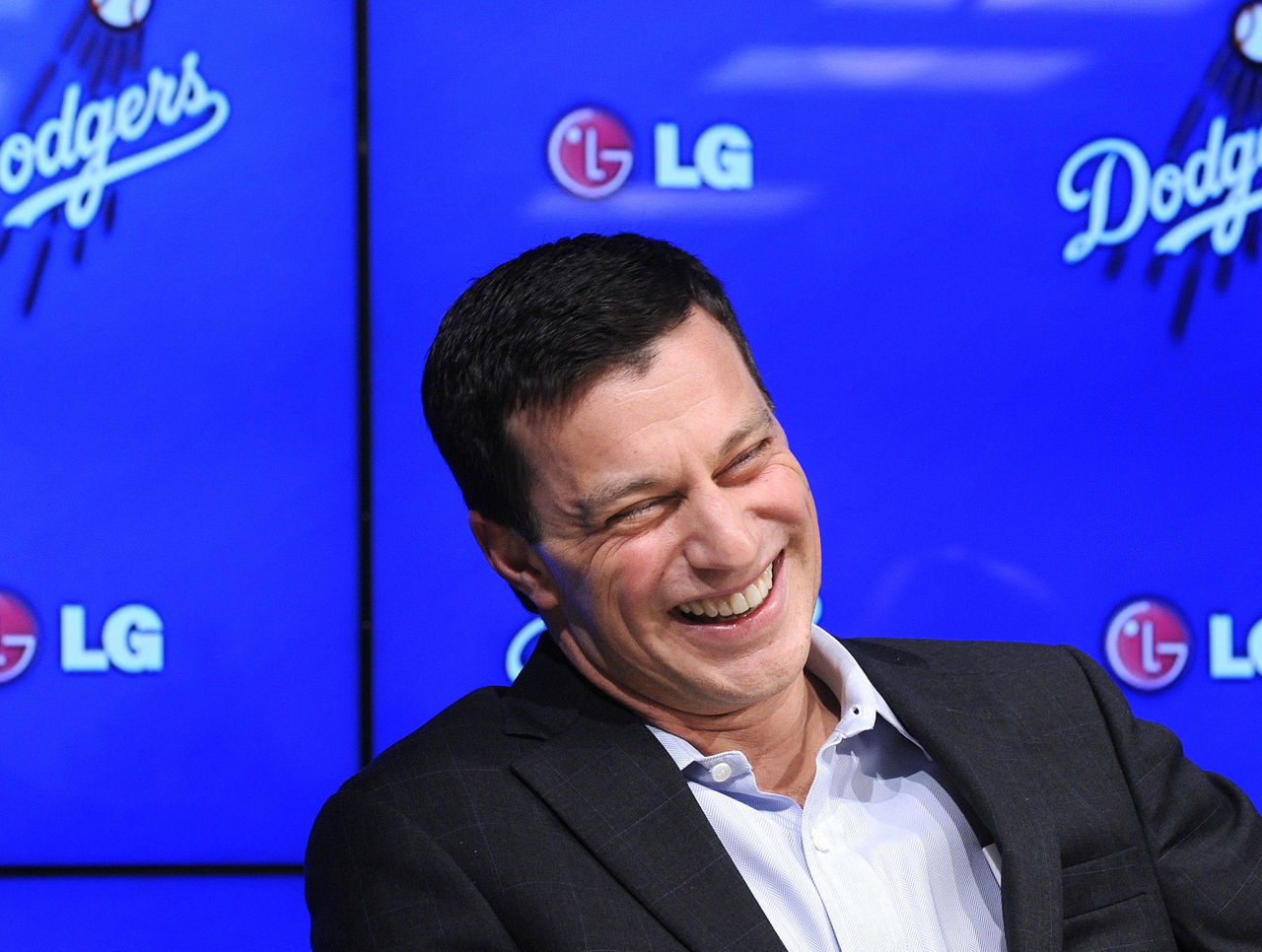
High Entry Fee
I'm not saying you should have to dip into your savings fund to provide the entry fee for you league, but the more money invested in a league, the more people will care and be committed.
The standard entry fee seems to be somewhere around $20. Anything less usually doesn't lead to a huge amount of winnings for the champion, but anything in the triple digits can lead to an unwanted amount of competitiveness. Friendships could be lost over a highly expensive entry fee.
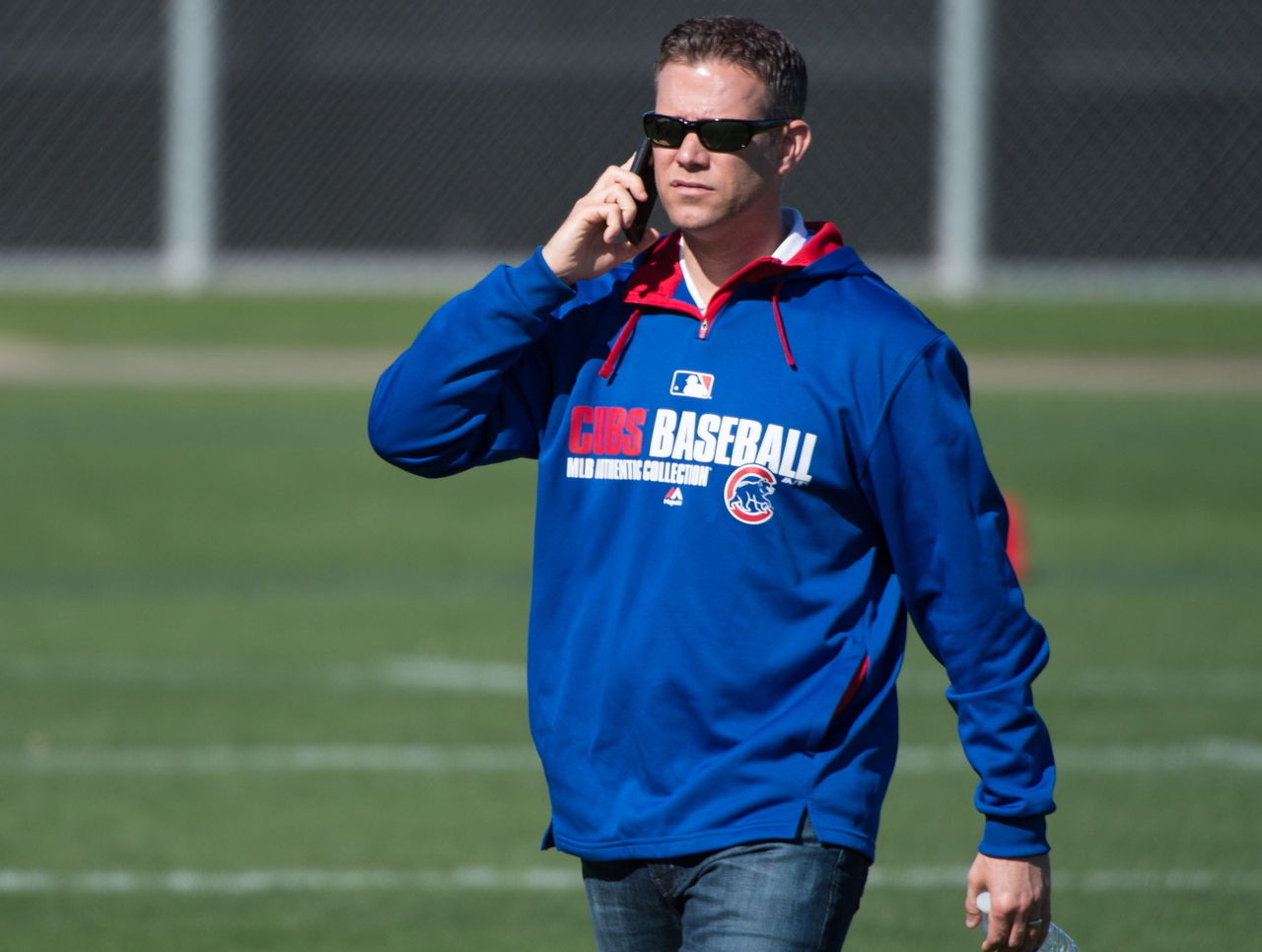
No Trade Vetoing
Believe it or not, allowing trades to be vetoed can lead to more corruption in your league than the NCAA and FIFA combined. Here is classic example of a situation where having trade vetoing can go horribly wrong:
Owner X and Owner Y agree to a trade. Owner Y is in first place and Owner Z - who is in second place - feels that Owner Y got the better of the trade. Owner Z would of course veto the trade if he has any hopes of taking down the No. 1 seed. Owner Z then messages the other owners, who gladly veto the trade because they don't want to see the first-place team get stronger.
But unless collusion is obvious, you should allow every single trade to go through. Even if someone in your league is foolish enough to trade Bryce Harper for Jackie Bradley Jr., if he has a good reason, it should pass.
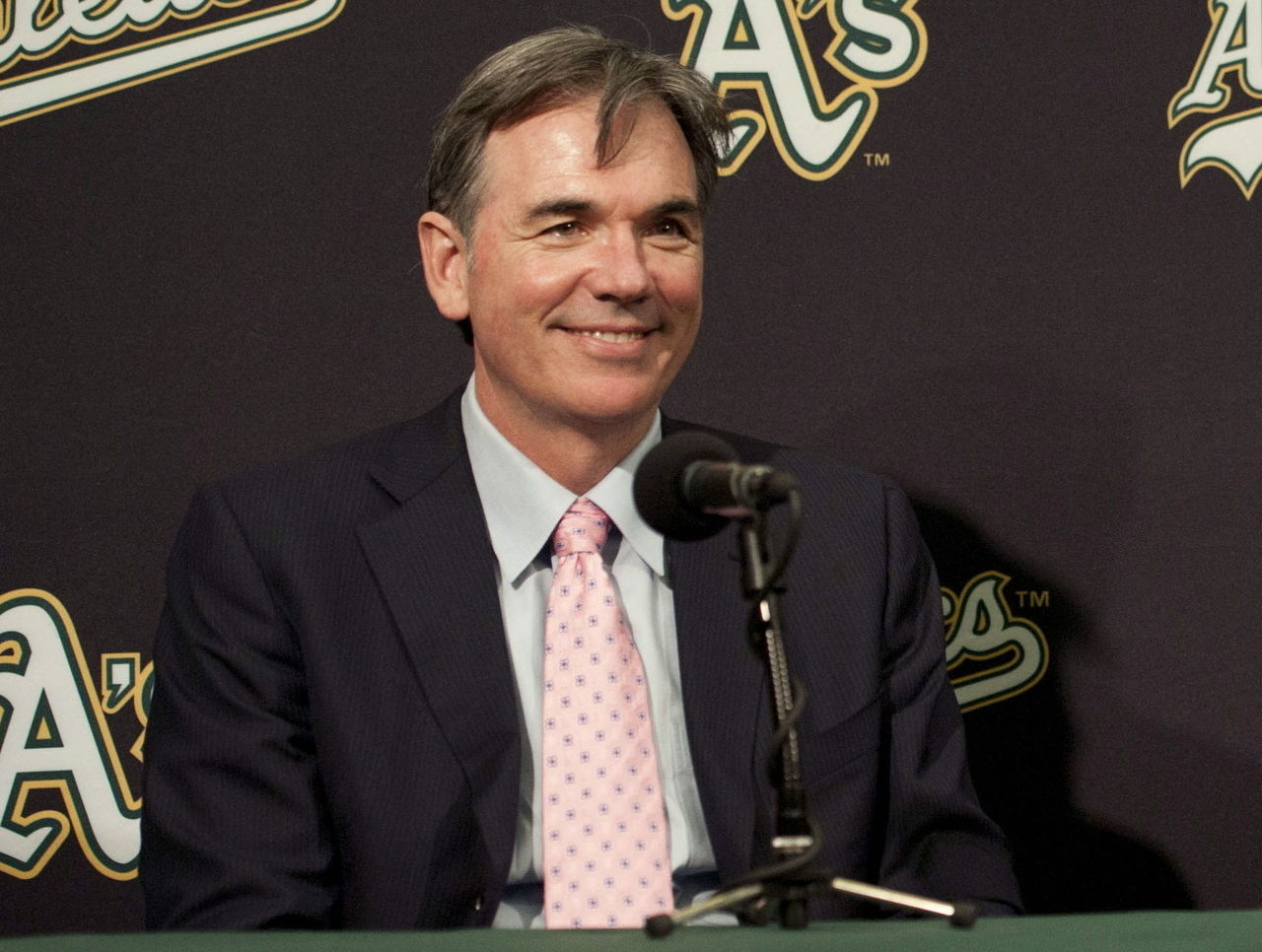
Finding a Happy Medium for Stats
While a league with ISO, FIP and WAR as categories might seem cool to some people, other players in your league might not even know what those stats mean. On the other hand, standard five-by-five leagues can be fairly vanilla considering the amount of stats made available to us that better evaluate a player's performance and make for a wider player pool.
A standard five-by-five head-to-head league includes batting average (BA), runs (R), home runs (HR), runs batted in (RBIs) and stolen bases (SB) for offense, and wins (W), earned run average (ERA), walks and hits per innings pitched (WHIP), strikeouts (SO or Ks) and saves (SV) for pitchers.
Two offensive stats that should be in virtually every league are on-base percentage (OBP) and slugging percentage (SLG). You could opt to use on-base plus slugging (OPS) either instead of or in addition to the first two.
There are no glaring pitching categories missing from the standard five-by-five format. However, part of what separates elite pitchers from mediocre ones is the ability to consistently go deep in games. Having innings pitched (IP) or quality starts (QS) fills that need. Rather than having just saves, most leagues provide the option of saves-plus-holds, providing value to elite set-up arms.
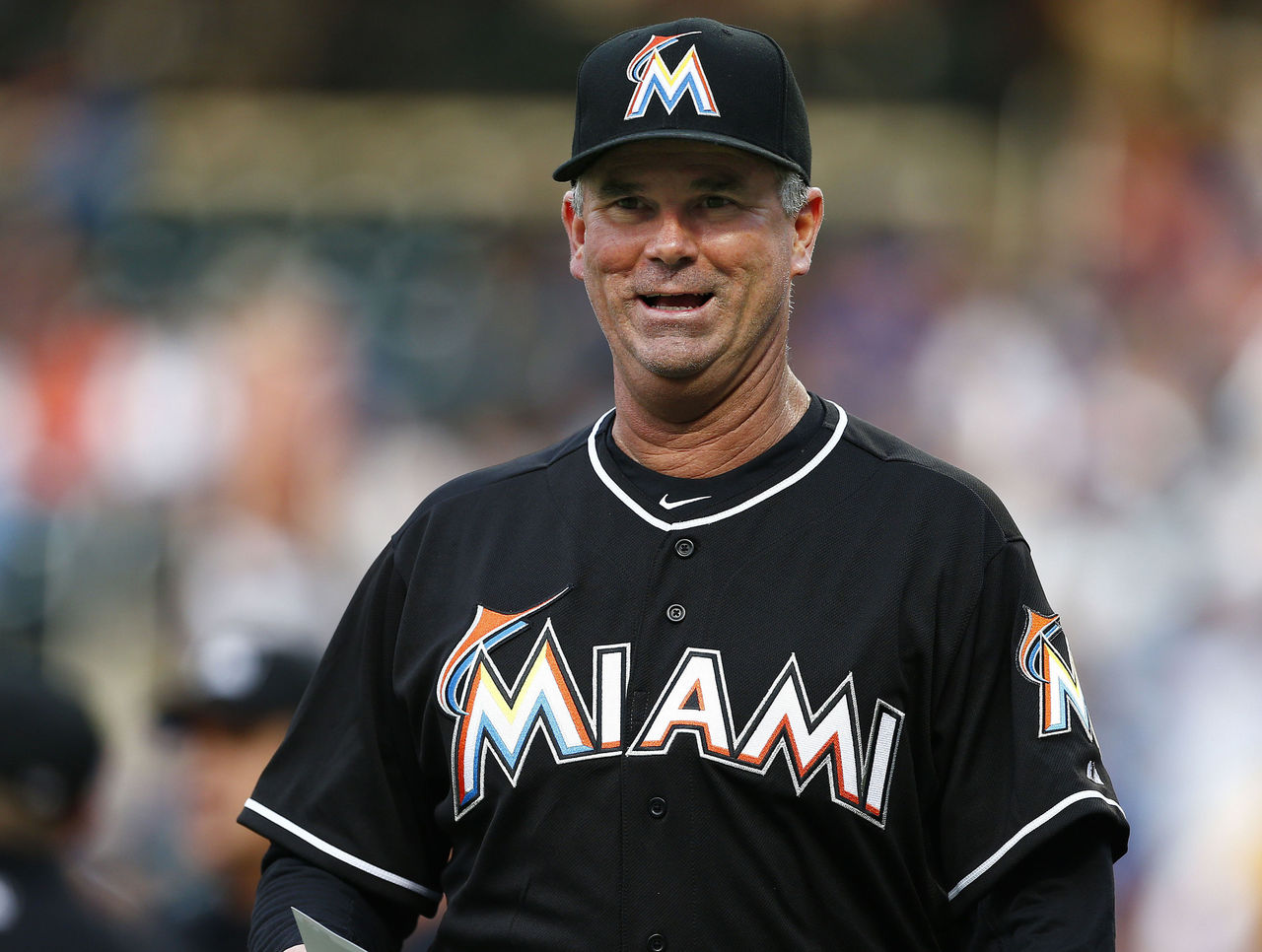
What to do With a Mid-Season Flopper
Plenty of this revolts back to "Finding the Right People" section, but you may have to deal with a flopper in your league at one point or another. A flopper is someone who wishes to join your league, but isn't active beyond the first few weeks or gives up after a slow start.
It's best to be in constant contact with this person if you're sensing a potential flop. Whether it's trade talks or an upcoming matchup, keeping this person engaged with the league is key to keeping them active.
If there's no hope left and it's still early in the season, you can find an outside member who may be willing to take on his roster and manage his team for the rest of the season. This can be difficult, however.
The worst possible scenario is that you have no outside party to take over this flopper's team, but the flopper still checks in periodically. If he does, he is susceptible to a one-sided trade. In this case, locking his team unless he is willing to be fully active is the only way to settle things.